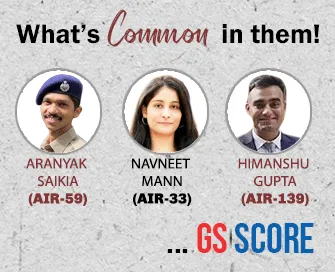

14th October 2023 (10 Topics)
Context:
Debate on reservation cap: Bihar's caste survey shows 84% OBCs, SCs, STs. Calls for rethinking limits on caste-based reservation.
Debating the 50% Reservation Cap
- Historical Perspective: The 50% reservation cap is viewed as arbitrary, with some states already surpassing it.
- Legal Evolution: Originating from M.R. Balaji case, it gained prominence in Mandal (Indra Sawhney) case as almost a fundamental right.
- Need for Reconsideration: Challenging the cap requires a state like Bihar to lead and possibly call for reconsideration.
Challenges in Defining OBCs
- OBCs as an Administrative Category: OBC encompasses diverse castes, necessitating sub-categorization to ensure equitable representation.
- Conceptual Ambiguity: Unlike SCs and STs, defining OBCs is complex, requiring rethinking of social and educational backwardness.
- Political and Social Implications: Sub-categorization may have political repercussions and prompt debates on the inclusion of certain castes.
Caste Census and Its Implications
- Addressing Group-based Deprivation: Rahul Gandhi's call for caste-based survey aims at collective representation for similarly positioned groups.
- Critique and Reality: While counting castes may have potential drawbacks, it acknowledges existing realities and informs policy measures.
- Mandal 2.0 and Caste Mobilization: The current situation may impact BJP's stance, necessitating broader anti-caste mobilization for meaningful representation.


